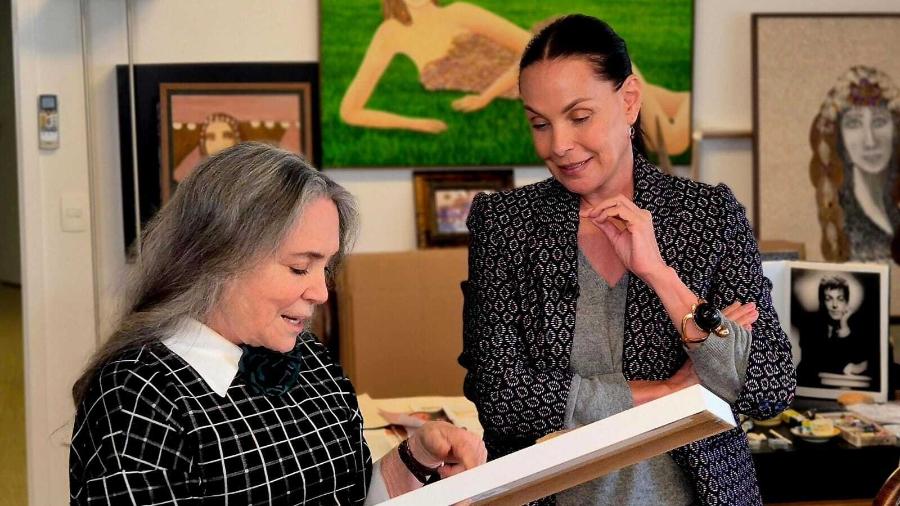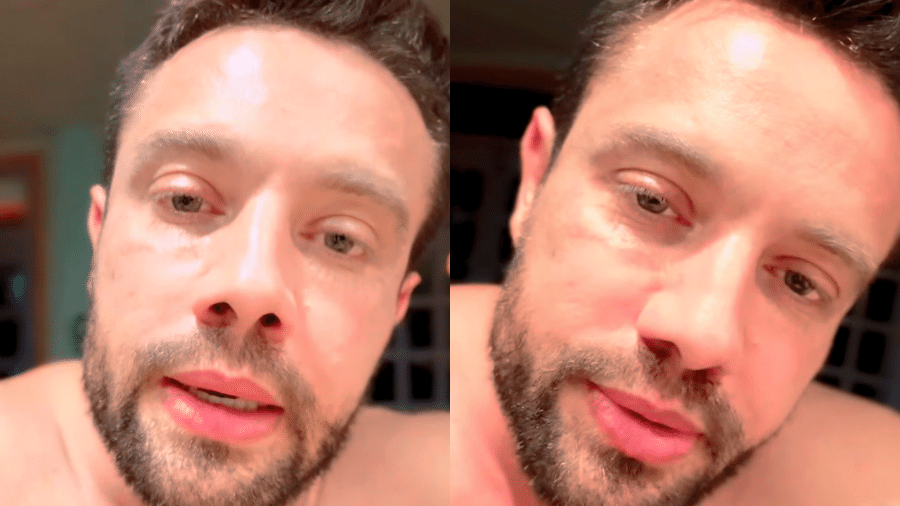Antonio Fagundes revela como decora seus textos: 'Na hora da gravação'

Antonio Fagundes participa do próximo "Globo Repórter" (TV Globo) e revelou sua técnica para decorar os textos.
O artista contou que prefere decorar suas falas minutos antes de começar a gravar: "Eu dou uma lida nas para saber do que se trata e se percebo que a cena é relativamente fácil, deixo para decorar na hora da gravação".
O ator pontua que se o texto é um pouco maior, lê mais algumas vezes: "Se tem uma fala de duas páginas, uma coisa maior, dou mais umas duas ou três lidas pra me localizar melhor. Mas isso leva cinco, dez minutos mais ou menos. Aí, gravo".
Fagundes deu outra dica para decorar mais textos: "Você tem que apagar. Eu fiz 30 e poucas novelas. São 200 capítulos em cada uma delas. Vamos multiplicando isso por páginas e a gente vê que se eu guardar tudo isso na minha cabeça, eu vou acabar esquecendo meu nome".















ID: {{comments.info.id}}
URL: {{comments.info.url}}
Ocorreu um erro ao carregar os comentários.
Por favor, tente novamente mais tarde.
{{comments.total}} Comentário
{{comments.total}} Comentários
Seja o primeiro a comentar
Essa discussão está encerrada
Não é possivel enviar novos comentários.
Essa área é exclusiva para você, , ler e comentar.
Só s do UOL podem comentar
Ainda não é ? Assine já.
Se você já é do UOL, faça seu .
O autor da mensagem, e não o UOL, é o responsável pelo comentário. Reserve um tempo para ler as Regras de Uso para comentários.